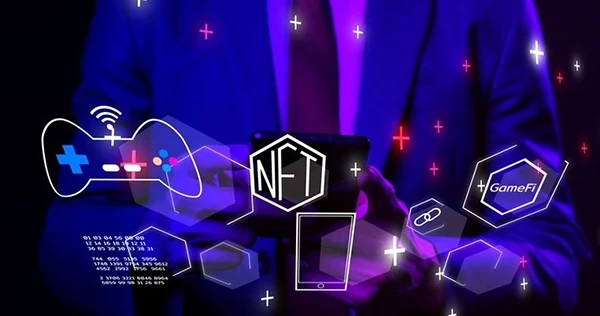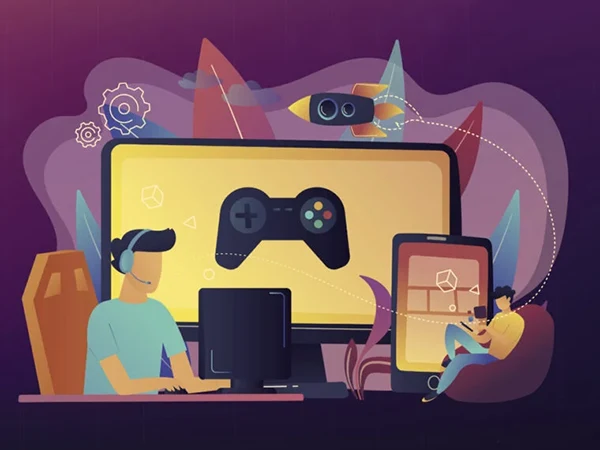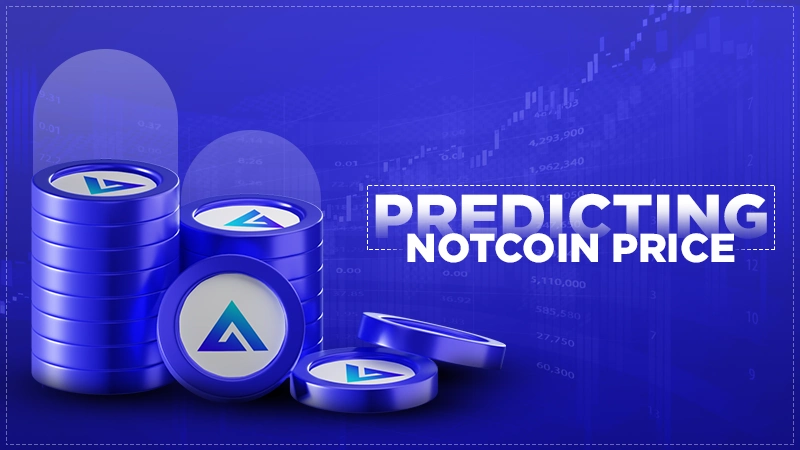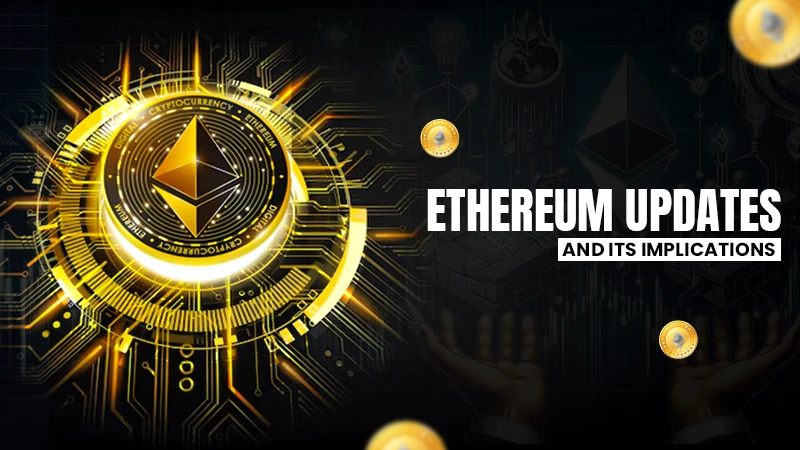Beyond The Screen: The Future Of Gaming Merging With Blockchain And NFTs
As time went by, the concept of digital gaming came into being, when concepts of Web3 and P2E were introduced.
Web3 is defined as games that allow its players to engage in decentralized games and have complete authority over all the gaming options.
P2E refers to games like Chainers that utilize blockchain technologies for managing their digital money (cryptocurrencies).
Thus, these two combined have made the game developers switch to NFTs and Blockchain to constantly redefine the concepts of ownership, scarcity, and much more within the in-game assets.
Don’t miss out on the rest of this article to learn more about NFTs and the blockchain, its features, plans, and worries. Also, learn about Top-Quality Gaming Laptop with this guide.
Understanding NFTs And Blockchain

Non-fungible tokens also known as NFTs are digital assets with distinct value and ownership records.
Their indivisible nature is what makes these digital assets unique. They can not be exchanged one-on-one through digital currencies like Bitcoin, Ethereum, or Binance Coin.
This distinctiveness is accomplished by incorporating blockchain technology to ensure the limited supply and legitimacy of the asset.
Introduced in 2008, blockchain was initially used for security purposes like data protection, transparency, and transaction records.
The growth in its use was interlinked with the soaring demand for secure digital services that were capable enough to manage the data and assets virtually. It has the potential to transform the gaming sector.
Integration In Gaming: NFTs And Blockchains

Integrating NFTs and Blockchain technology into the gaming arena has proven to be revolutionary.
NFTs provide the digital assets that are stored on the blockchain, allowing the gamers to access true ownership of the in-game items, characters, and assets.
It allows them to trade or purchase & sell with confirmation of genuineness.
This is where blockchain technology comes into the role. The technology is designed to secure the transaction details and safeguard the data against fraud activities or invasion of privacy.
On top of that, interlinking NFTs and Blockchain technology enable gamers to enhance their gaming experience in coordination with money with interoperability.
In this manner, they can switch from one virtual platform to another to utilize their assets.
Did You Know?
Gaming can be traced back to the 1950s when physicist William Higinbotham developed Tennis for two.
Characteristics Of NFTs & Blockchain

The co-founder of Axxon Network conducted research titled ‘The Evolution of Gaming: Web3, NFTs, and the Future of Play’. He mentioned some characteristics of NFTs that are listed below:
- NFT represents the unique in-game assets or collectibles. Each NFT has its attributes and features that make them different from each other.
- They usually provide verifiable ownership and provenance information for in-game assets. Transparency and authenticity are ensured by the ownership history and transaction details.
- Enhanced smart contracts allow NFT to be enhanced with smart contracts for programmable behaviors.
- Digital Scarcity was introduced by imposing restrictions on the unique token supplies. Rare or limited-edition in-game items listed as NFTs can become highly valuable, encouraging players to seek out and trade these assets.
- NFTs are indivisible and cannot be divided into smaller units. They are bought, sold, and owned as whole tokens, preserving the value and originality of the in-game assets they represent.
- They are typically built on blockchain standards like ERC-721* or ERC-1155*, ensuring interoperability across different games, platforms, and marketplaces.
NOTE:
Most of the NFTs implemented on the platform of Ethereum are ERC-721 tokens. It is currently the popular standard for the NFT. It provides us with a standard to create and exchange NFTs.
ERC-1155 is the advanced version of ERC-721 where one can use infinite Non-Fungible or Non-fungible items as well within a simple use of smart contact.
Listed below are the characteristics of blockchains:
- It includes NFT data like ownership records and metadata, stored on a decentralized blockchain ledger.
- Smart Contracts define the rules along with the behavior of the NFTs in web3 gaming. These specify how the NFTs are created, transferred, and interacted with.
- The digital wallets are compatible with blockchain technology to make it possible for the players to store, and manage their NFTs.
- Metadata contains the information related to the in-game items such as their names, descriptions, images, and attributes.
- Marketplaces in NFTs serve as platforms for the players to create and trade their NFTs. This helps them discover, purchase, and sell these in the marketplaces.
- The game developers integrate the functionality of NFT into the desired games, allowing the players to interact with and utilize it within the gaming arena.
NOTE:
Ethereum is a popular choice for NFTs, but other blockchain platforms like Aptos, Polygon, and Binance Smart Chain are also used in gaming.
The Future Outlooks & Its Concerns

“The gaming world is at a turning point, getting ready for some vast changes thanks to the Web3 tech and Non-Fungible Tokens. Picture it in a way that we are going ahead, and there’s a mix of exciting possibilities and things we’re not sure about”.
Some impacts of integrating the NFTs and blockchain technology into gaming:
- Long-term impact (the world of gaming will change with the introduction of a player-centric economy)
- Shaping Player Behavior (players may adopt an investment-oriented approach)
- Game Design and Business Models (the player-centric game models can be built shortly by the game developers)
- Composable NFTs (to create complex structures by combining smaller, modular components or elements in relevance to NFTs).
However, there are concerns associated with the usage of these. Some of them are listed below:
- Scalability is a major obstacle since managing high-volume data is difficult due to its slow speed and efficiency.
- Accessibility is another major concern since it is crucial to ensure access to the technology to achieve universal adoption.
- Last but not least, sustainability concerns have been associated with blockchain networks due to their environmental impacts.
Final Verdict
The integration of NFTs and Blockchain has evolved the face of the gaming arena, over the years.
With the developers energetic about venturing into the undiscovered areas, there are countless chances for creating and improvising the gaming experience.
Thus, the development has been a boon to the gaming industry. Although most of the results are positive, using them has its concerns associated.
So it is advisable to enjoy the games with these in mind.



